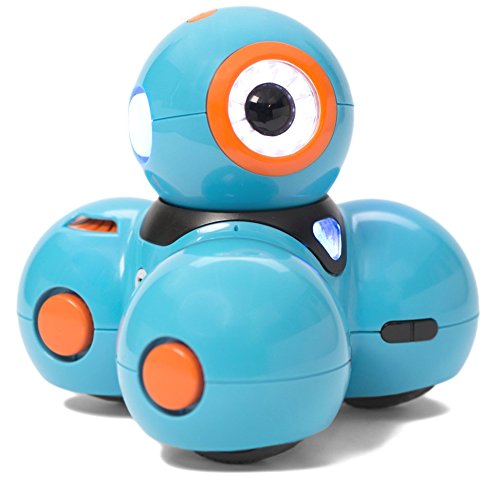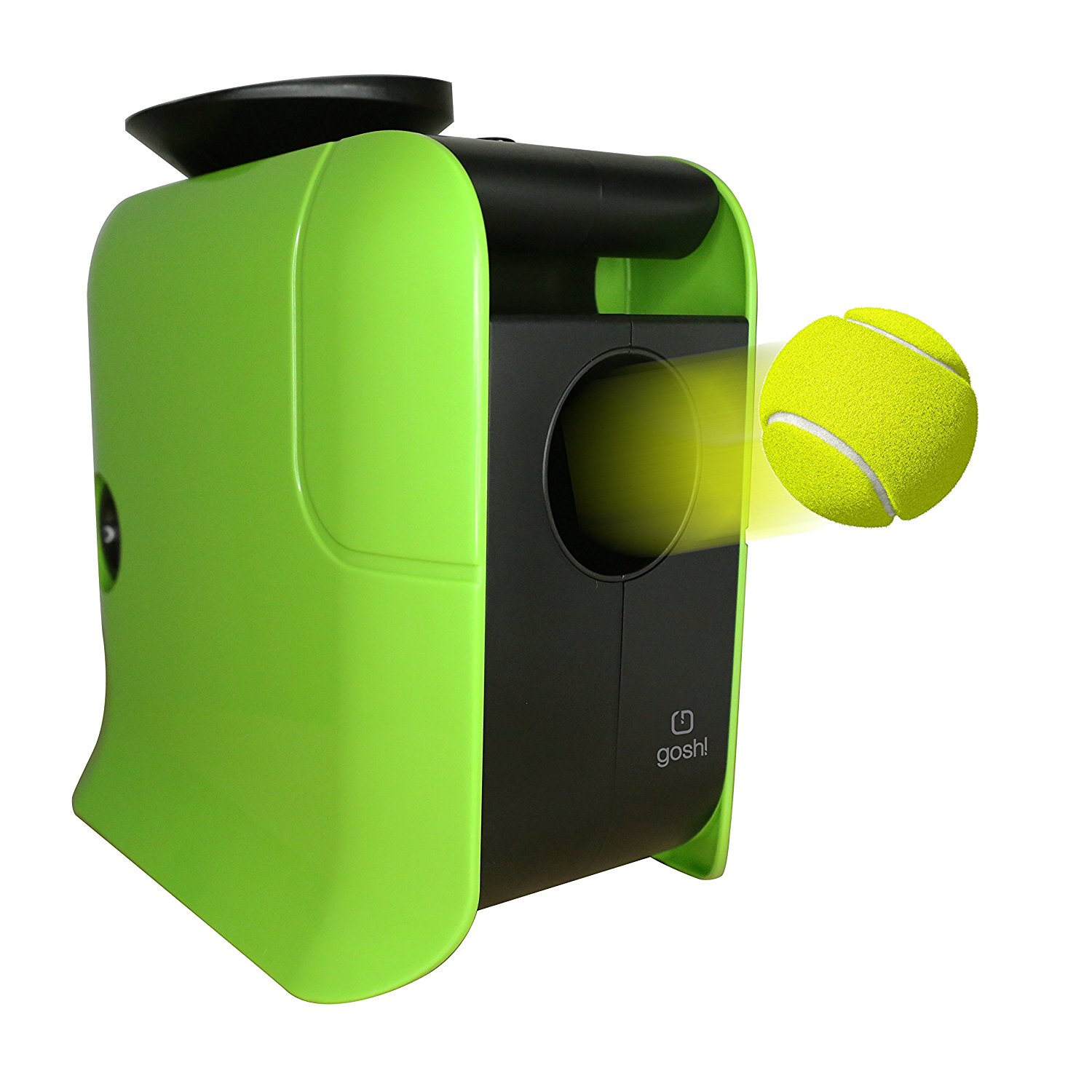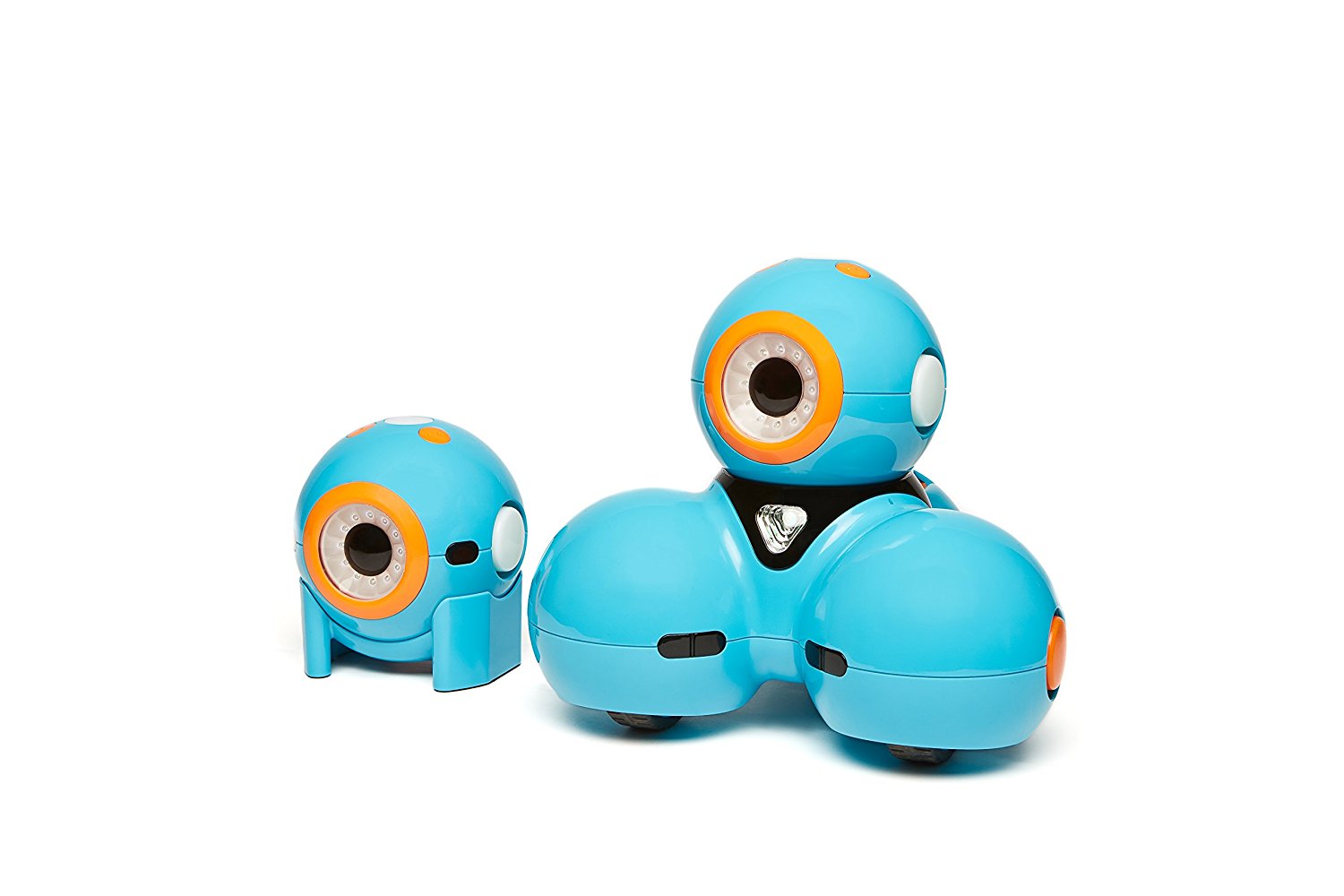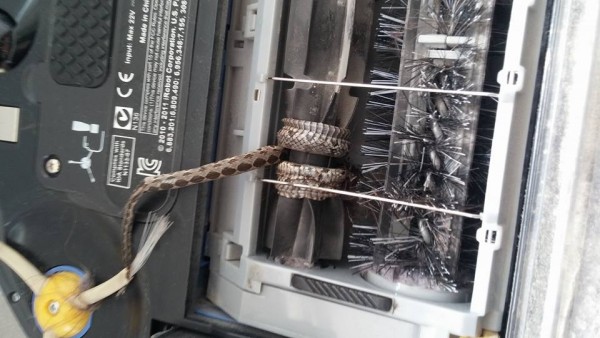Robots that are good at sports tend to become more and more common. The following robot gymnast was made in Japan, which seems to be the motherland of such interesting creations.
Japan’s population is not getting any younger. One of the reasons why these people are so eager to build robots would be to avoid making the country feel like No Man’s Land in a few decades. Look at it as a way of compensating for the continuously lowering birth rate.
Hinamitetu, the Japanese YouTube user who is behind this project, has worked on the gymnastics robot for more than two years, improving it over and over again. All the progress is documented in video on his YouTube channel. So why did this robot make the news only now? Because it has reached an important stage, as it’s not every day that you hear about a robot that performs quadruple backflips.

In the title of this post I referred to the robot gymnast as being jaw-dropping. What makes it so is not the design, which could be described as rudimentary, but the things it does. Leaving the speed aside, a quadruple backflip is something not many humans are able to do. This being said, I’m looking forward to watching robot gymnastics, if possible, in parallel with current Olympic Games, just to see who performs better.
Victoria Mcnally from Geekosystem asked her friend Caitlin to translate the About Us page of Hinamitetu from Japanese to English and this is what they ended up with:
“I used 2-axis acceleration sensors. That’s in the head and they primarily measure gravitation. That measurement value changes depending on the angle of revolution. When one sensor is level with ground, that sensor measures zero for gravitation. For the revolution, the positions are divided into four regions. For those boundary locations (up, down, left, right), it detects a signal to stand up or move down. (An up and down sensor circuit with a zero gravitation sensor value as the threshold.) Those signals combined with the pure H,L signals (H,L signal with a zero gravitation sensor value as the threshold) form the trigger. Using these signals as the base, it determines the timing of the bending and straightening the legs.”
Check out the following video to see this little guy doing one of the most difficult exercises in gymnastics.
If you liked this post, please check the Disney Research animatronic robot that plays catch and juggles, as well as the positive pressure universal gripper robot that plays basketball.










